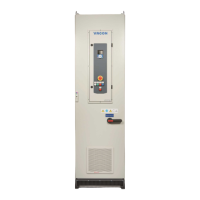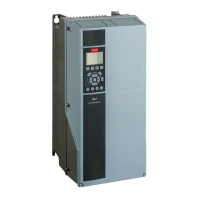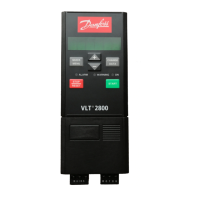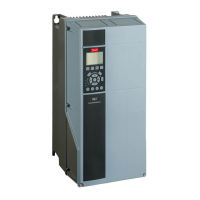1.6 Terms and Abbreviations
Table 2: Symbols and Abbreviations
The highest user level for accessing the Advanced safety option board functions. Identified via a pass-
word.
A signal that indicates that a safety function can be deactivated. Valid for safety functions that use man-
ual acknowledgment.
Safety function is active as a part of normal operation.
Device Acknowledgment Time
The coverage of dangerous failures by run-time diagnostics.
Electromagnetic compatibility
An option board that has an encoder interface.
A communication peer that can perform the PROFIsafe protocol.
A data processing unit that can perform the PROFIsafe protocol and service the "black channel".
Failure Mode and Effects Analysis
A fault that causes the option board to enter into a fault state and requires a reboot to be reset.
Generic Station Description (used with PROFIBUS).
General Station Description Markup Language (used with PROFINET).
Hardware Fault Tol-
erance (HFT)
The number of hardware failures that the safety system can tolerate without the loss of the safety func-
tion.
Host Acknowledgment Time.
Safety functions are performed on demand. The frequency of demand is more than once a year.
High Threshold Logic. A voltage level definition.
Safety functions are performed on demand. The frequency of demand is less than once a year.
An option board that handles the activation of the STO function for the AC drive.
The variants of the Advanced safety option. OPTBL: no encoder interface. OPTBM: with digital pulse type
encoder interface board. OPTBN: with Sin/Cos type encoder interface board.
Option board that handles the PROFIBUS DP interface.
Option board that handles the PROFINET IO interface.
AQ319736045637en-000101 / DPD0179816 | Danfoss A/S © 2021.06
Introduction
VACON® NXP Advanced Safety Options
Operating Guide

